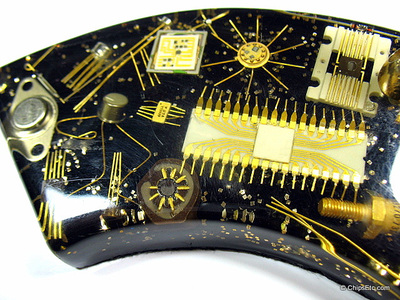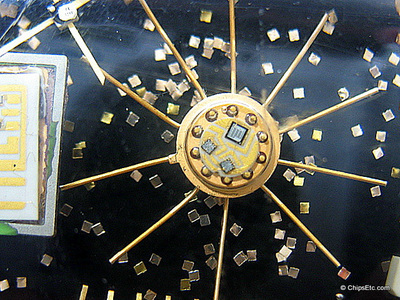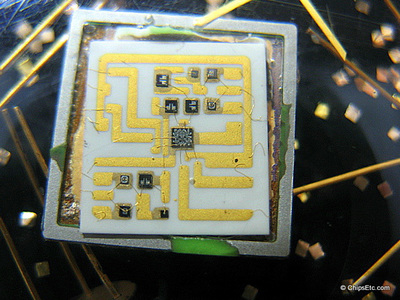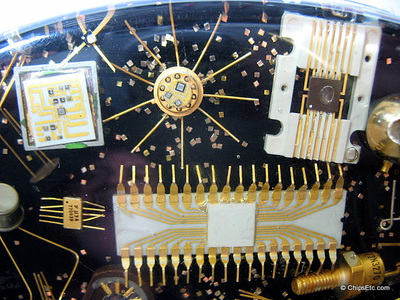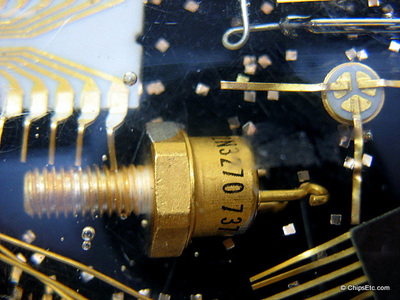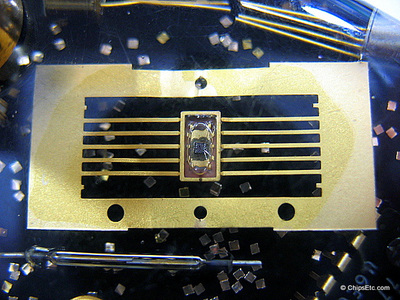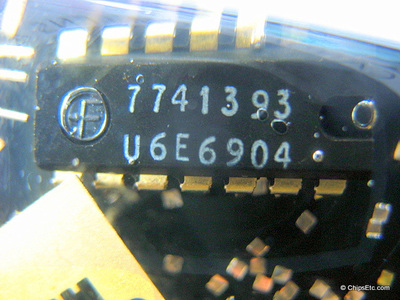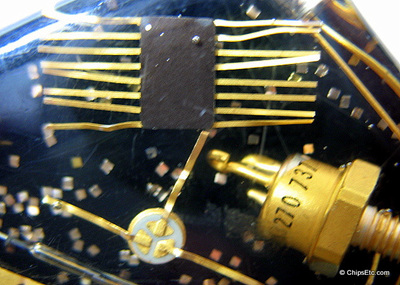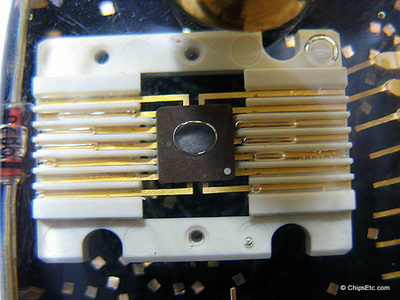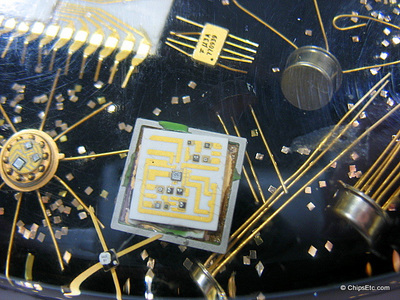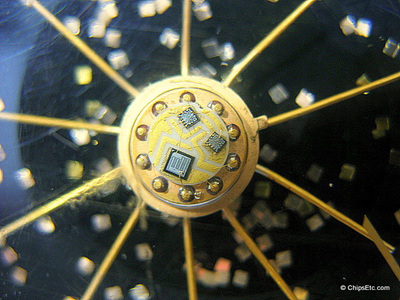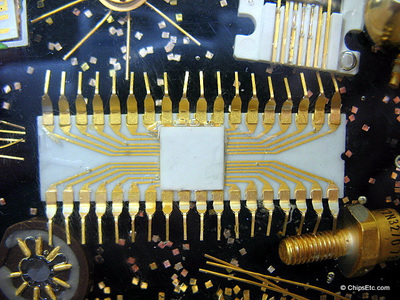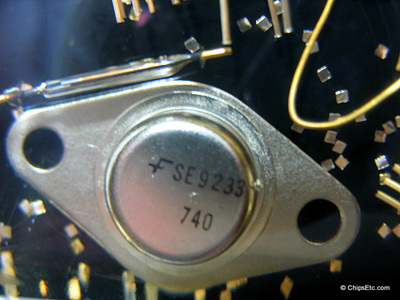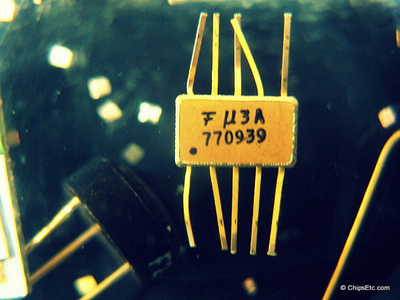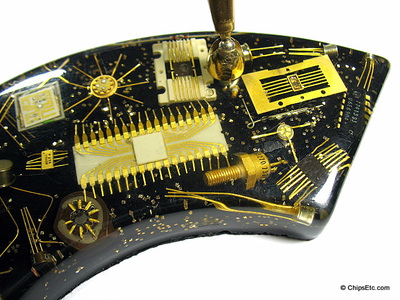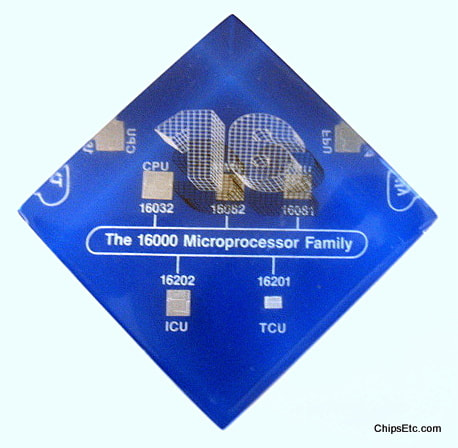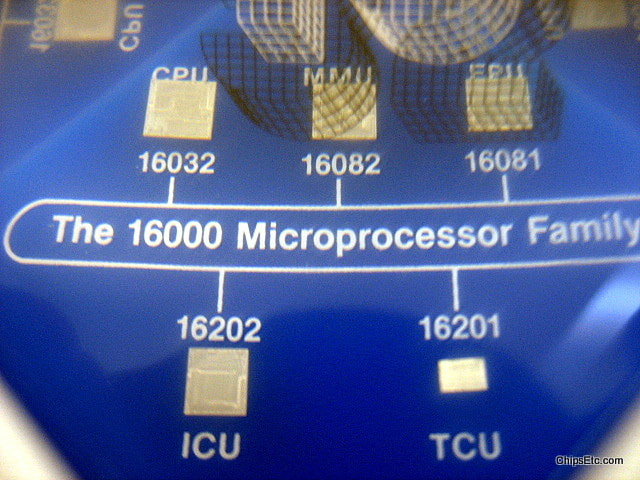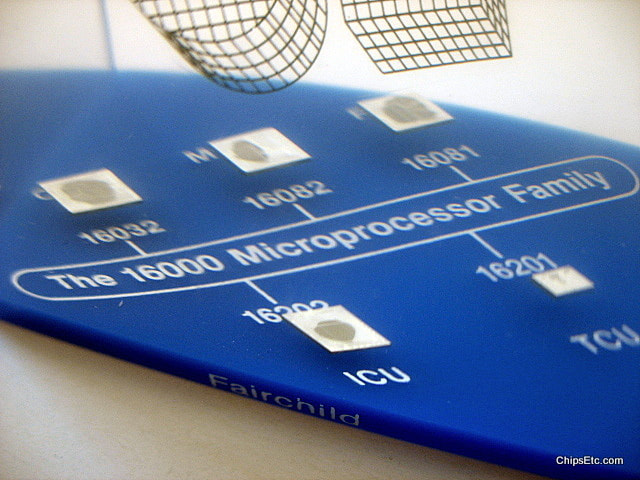|
Company: Fairchild Semiconductor Based: San Jose, CA. Founded: October 1, 1957 (Acquired by by Schlumberger Ltd. in 1979, then by National Semiconductor in 1987, and currently by ON Semiconductor in 2016) Founders: Sherman Fairchild (Fairchild Camera & Instrument), Arthur Rock & Eugene Kleiner / Julius Blank, Victor Grinich, Jean Hoerni, Eugene Kleiner, Jay Last, Gordon Moore, Robert Noyce & Sheldon Roberts (former Engineers of Shockley Semiconductor Laboratories) Specialty: Pioneering Integrated Circuit designer and manufacturer. Invented the first commercially practical integrated circuit, first Op-Amp, first Standard TTL logic, planar transistor technology, First CMOS Non-Volatile EEPROM Memory, and the Monolithic Integrated Circuit. Chosen by NASA to make the computer components for the first manned mission to the moon. |
Some Fairchild employees would leave to create their own semiconductor companies:
- Founders/Engineers Sheldon Roberts, Jean Hoerni, and Jay Last would leave Fairchild in 1961 and formed Amelco Semiconductor (a divison of Teledyne).
- Founders/Engineers Robert Noyce and Gordon Moore left Fairchild in 1968 to form Integrated Electronics (Intel).
- Jerry Sanders, a Worldwide Sales Manager at Fairchild, and other Fairchild Engineers left in 1969 to co-found Advanced Micro Devices (AMD).
- David Allison, Lionel Kattner, and other Fairchild Semiconductor R&D Engineers left in 1961 to form Signetics.
Fairchild Semiconductor RTL Integrated Circuit & Silicon Wafer (1960s)
Sold
This Lucite paperweight features a Fairchild Silicon wafer, and an RTL Integrated Circuit in gold packaging.
In 1961, Their Fairchild uL914 logic chip became the world's first commercially sold Integrated Circuit.
The IC's used RTL (Resistor Transistor Logic) circuitry that featured transistors, diodes, resistors and capacitors on silicon chips. The first Apollo spacecraft guidance computer used approximately 4100 RTL logic gates.
Fairchild used the copyrighted name MicroLogic® and uLogic® for their first commercial line of ICs.
In 1961, Their Fairchild uL914 logic chip became the world's first commercially sold Integrated Circuit.
The IC's used RTL (Resistor Transistor Logic) circuitry that featured transistors, diodes, resistors and capacitors on silicon chips. The first Apollo spacecraft guidance computer used approximately 4100 RTL logic gates.
Fairchild used the copyrighted name MicroLogic® and uLogic® for their first commercial line of ICs.
Fairchild Semiconductor Gold Integrated Circuits & Transistors (1970s)
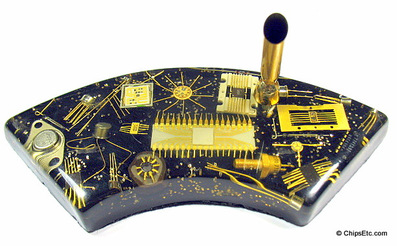
Item #904
This desktop pen holder was made of acrylic and is embedded with various examples of semiconductor packaging including gold and ceramic hybrid integrated circuits, discrete & power transistors, and Integrated Circuits.
The components that have viewable identification marks on them are all from Fairchild Semiconductor and have date codes on them from 1973 to 1977.
The various semiconductor product examples in this piece are "hardened" integrated circuits for use in military and space applications.
Measures 7 ½” long x 2 ¾” wide.
The components that have viewable identification marks on them are all from Fairchild Semiconductor and have date codes on them from 1973 to 1977.
The various semiconductor product examples in this piece are "hardened" integrated circuits for use in military and space applications.
Measures 7 ½” long x 2 ¾” wide.
Fairchild / National Semiconductor 16000 Microprocessor Family (1979)
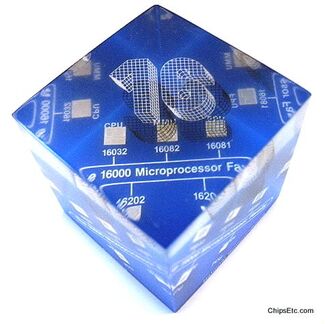
Item #985
This Lucite paperweight features some of the IC chips that made up the Fairchild / National Semiconductor NS16000 16 / 32-bit microprocessor family.
Real Chip examples encased inside are:
Real Chip examples encased inside are:
- 16032 CPU - Central processing unit
- 16082 MMU - Memory management unit
- 16081 FPU - Floating point unit
- 16202 ICU - Interrupt control unit
- 16201 TCU - Timing Control Unit
Fairchild F9450 Military Standard Microprocessor (1985)
Sold
This Lucite paperweight features an Fairchild F9450 microprocessor chip.
The Fairchild F9450 was a high-performance, 16-bit ISA (instruction set architecture), bipolar microprocessor. It ran at 10MHz.
Designed for both commercial and military applications, it used the MIL-STD-1750A military standard. The chip was primarily designed for use in embedded control computers in USAF fighter jets that required high-speed, real time critical processing. The MIL-STD-1750A standard was created by the USAF in 1980.
Fairchild created the SBC-50 single board computer specifically for application development of the F9450 microprocessor.
The Fairchild F9450 was a high-performance, 16-bit ISA (instruction set architecture), bipolar microprocessor. It ran at 10MHz.
Designed for both commercial and military applications, it used the MIL-STD-1750A military standard. The chip was primarily designed for use in embedded control computers in USAF fighter jets that required high-speed, real time critical processing. The MIL-STD-1750A standard was created by the USAF in 1980.
Fairchild created the SBC-50 single board computer specifically for application development of the F9450 microprocessor.

